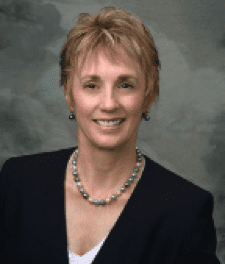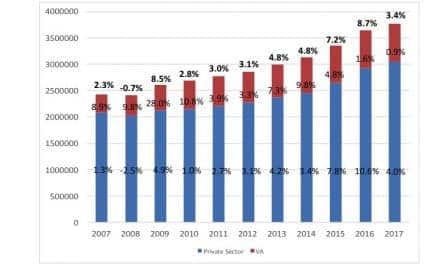Final Word | November 2015 Hearing Review
Recently, I’ve been spending some time looking at the MarkeTrak 9 (MT9) data released earlier this year (see June 2015 HR). We have to view it as a new baseline because the collection methods are somewhat different than those used with the previous eight versions of the data since 1984. That said, since the panel that was polled, and the questions that were asked are similar to what was done in the past, I can’t help but make some comparisons. As I look at the outcomes, I wonder about the number of things that we simply have not been able to change over the decades of collecting these data.
I have to remember that this is not peer-reviewed research, but market research sponsored by hearing aid and hearing aid component manufacturers to try and get a better understanding of the market that exists for hearing aids in the United States. There’s nothing wrong with the data, in fact the information is very useful for us, but I have to look at it from the perspective of a clinician rather than a manufacturer or someone solely interested in market potential.
If we look at individuals who, by their own admission have a hearing loss that gives them reasonable difficulty in their daily lives, we see that the average age of acquiring a hearing aid for the first time is still around 69 years. That number hasn’t changed much over the years.
What is it that causes an individual who is having difficulty hearing to resist the idea of a hearing aid until they reach some “older” age at which it’s acceptable to have hearing aids? As clinicians, we see time and time again a patient in his late 50s to early 60s who may have early age-related hearing loss, or hearing loss from some other cause, and he becomes very concerned about the cosmetics, stigma, or cost of a hearing aid rather than focusing on the treatment plan that we may recommend that includes hearing aids. I can say, from personal experience since I am an alpha Baby Boomer—one born in 1946 who reached the age of 69 this year—that there is an attitude change that takes place somewhere around 65 years of age. I certainly see the change in my peers. (Of course, like most boomers, when I look in the mirror I think I’m at least 15 years younger.) The guys who previously wouldn’t have considered a hearing aid when they were in their late 50s or early 60s have undergone a change and are now more comfortable proceeding with my recommendations that include hearing aids.
When we look at information like the data in MT9, we try and focus on what we can take back to our clinics and put into use to help us do a better job in providing better hearing. If what we are dealing with is an attitude change that is grounded in societal ideas about retirement and age, I’m not sure that our efforts will do much to change that.
What may change, however, is the availability of different consumer products in the marketplace. The general public may start looking at the availability of wearable devices as something that is much more acceptable. I understand that we’ve been hoping for more consumer acceptance as Bluetooth devices and wireless headphones have come to market, but a blinking light in the ear just hasn’t done much for the image. What has changed, however, is the emergence of biomonitoring devices that monitor heart rate and movement. Additionally, smart watches are slowly changing from toys into devices that add convenience and practical functionality to our lives. The landscape is changing, and it may change attitudes as well. Are we ready to accept the changes and match our recommendations with the new landscape?
The Final Word? It is a fact that Baby Boomers will be reaching the ripe age of 69 in increasing numbers over the next 10 years. They will bring with them new attitudes about what they might be comfortable wearing in their ears. At the same time, consumer electronic products will continue to change and encroach upon traditional markets. Think about it. The iPhone, which incorporates a still camera, a video camera, an audio recording device, a clock, a virtual radio, a capable computer, and even a flashlight, is less than 10 years old. A decade ago we didn’t know that we “needed” a smart phone, and now it has become so indispensable that we get nervous if we can’t find our phone.
We may be looking at a change in our market that offers products that provide some of the benefits we now can only provide with hearing aids. Do we embrace the new products and build them into our treatment plans as appropriate, or do we resist change and stick with a formula that we are comfortable with? The good news is that, as the population of people reaching the age of 69 keeps increasing, there will be plenty of patients who need our help and will be in the market for traditional hearing aids. Even better news is that we will have more options to discuss with people who have hearing difficulty, and may have even more fun with our jobs as we explore the new array of products on the market!
Dennis Van Vliet, AuD, has been a prominent clinician, columnist, educator, and leader in the hearing healthcare field for nearly 40 years, and his professional experience includes working as an educational audiologist, a private-practice owner, and VP of audiology for a large dispensing network. He currently serves as the senior director of professional relations for Starkey Technologies, Eden Prairie, Minn.
Correspondence can be addressed to HR or: [email protected]
Original citation for this article: Van Vliet D. The Final Word: Adjusting Our Recommendations to a Changing Technological Landscape. Hearing Review. 2015;22(11):50.?






